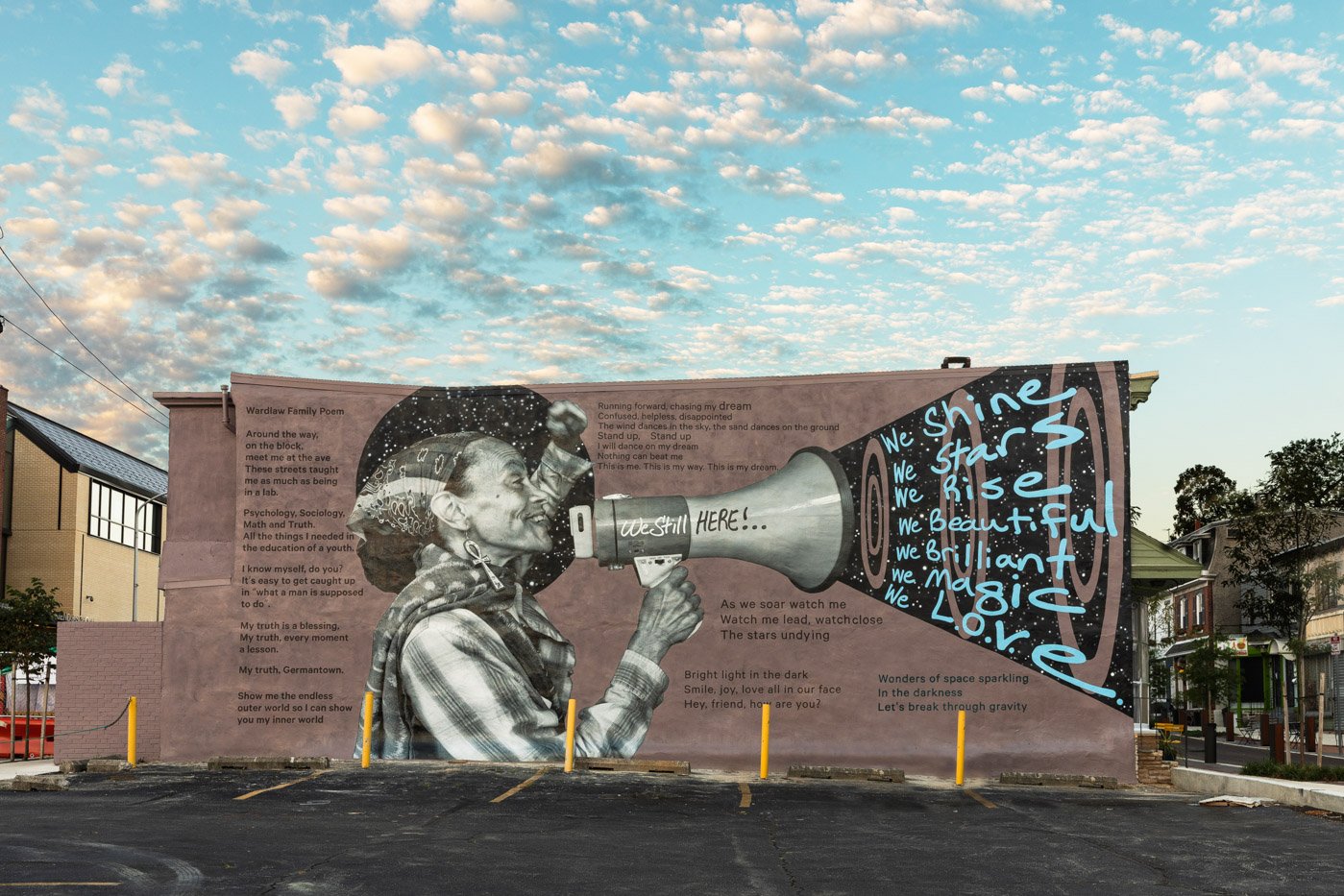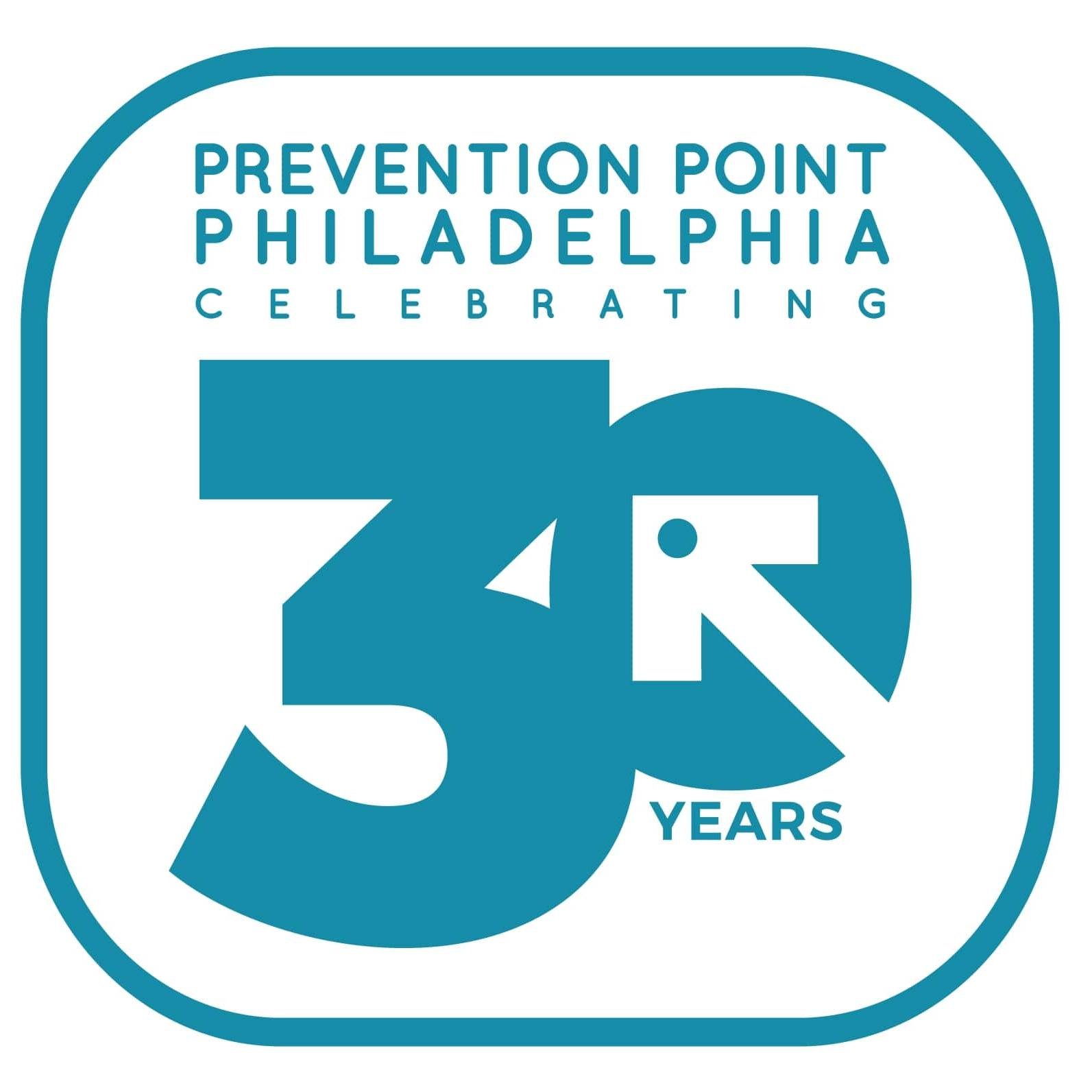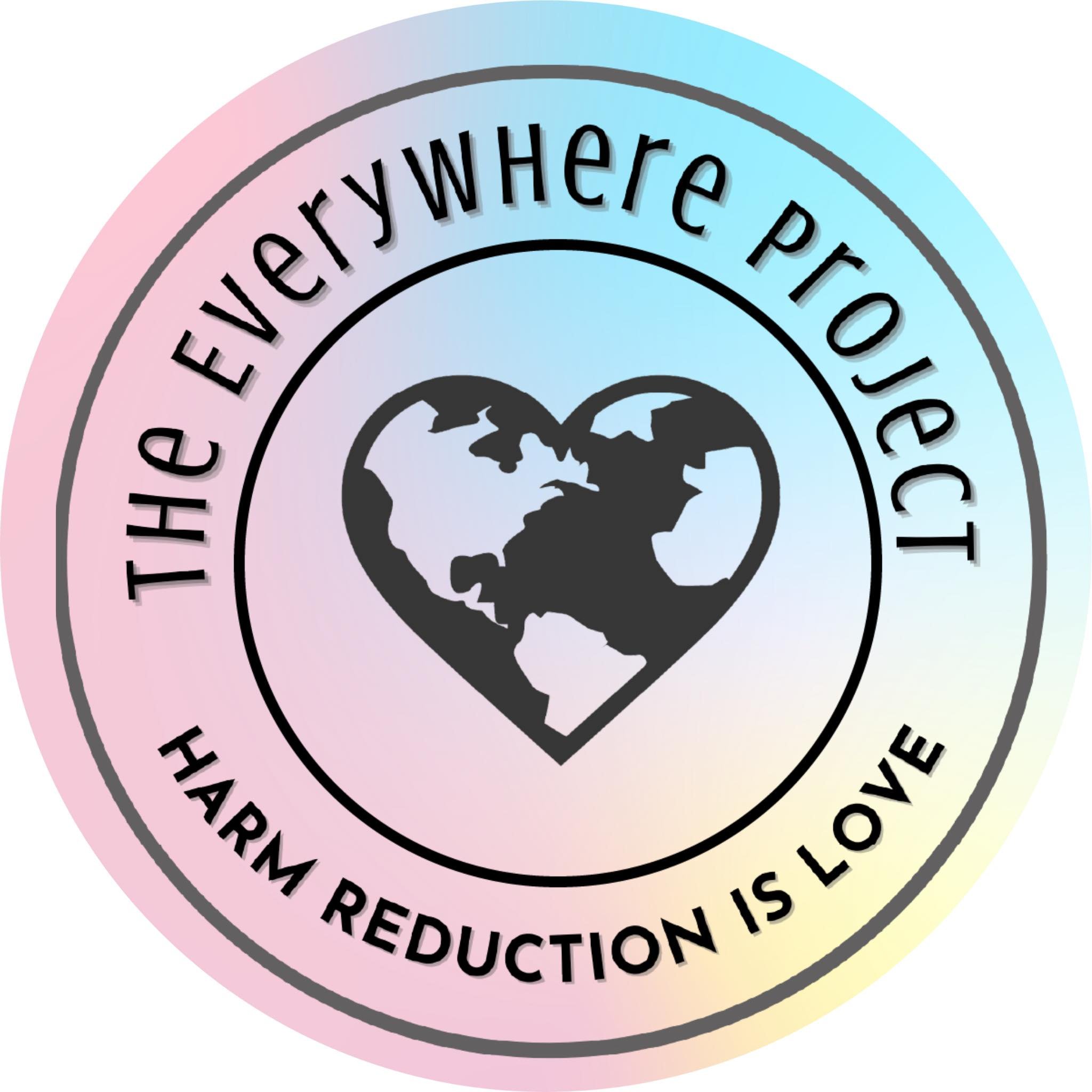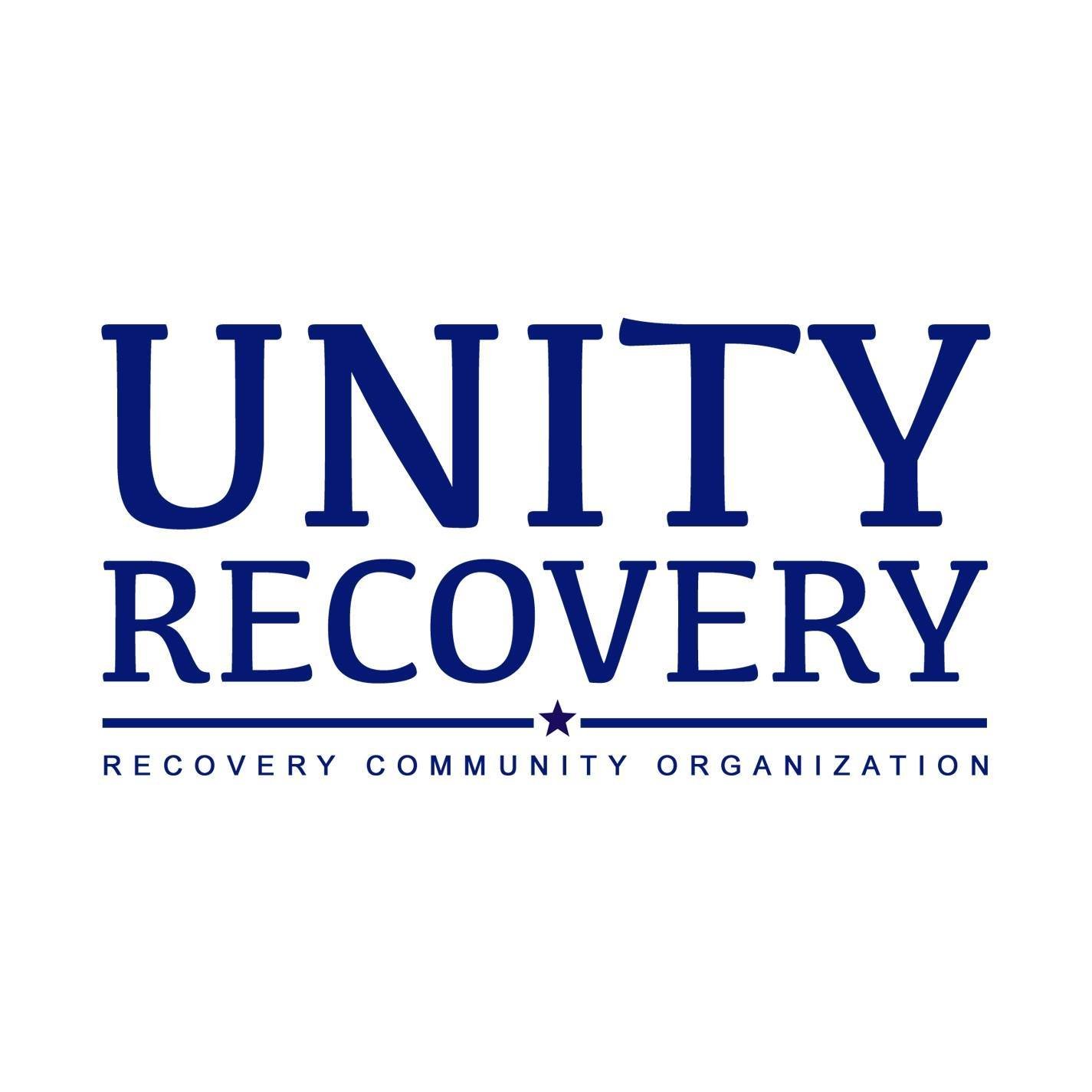
Get naloxone, test strips, and training
Want information about the most common substances in Philly’s drug supply?
Get naloxone (Narcan) from Philadelphia fire stations
Naloxone in Black campaign
Beginning on August 28th, 2025, you can get naloxone (Narcan), the overdose reversal drug, from a Philadelphia fire station near you. With financial support from Vital Strategies, the Philadelphia Fire Department and Overdose Response Unit in the Office of Public Safety have partnered together for Naloxone in Black – Naloxone in Black is the City of Philadelphia’s targeted initiative under Vital Strategies’ You Have the Power to Save Lives campaign. This initiative will address the disproportionate impact of the overdose crisis on Black Philadelphians by increasing access to low-barrier naloxone through the installation of newspaper-style boxes stocked with free naloxone outside 61 fire stations across the city. This campaign aims to reduce preventable overdose deaths and promote equitable access to this life-saving medication.
Resources for individuals
Get naloxone (Narcan), the overdose reversal drug, and Fentanyl test strips mailed directly to your home in discreet packaging. Next Distro, a national harm reduction organization, offers these supplies to individuals for free.
Philadelphia residents can also request naloxone, fentanyl test strips, xylazine test strips and medetomidine test strips directly from SUPHR.
SUPHR’s Community Engagement team goes into neighborhoods across Philly to give out harm reduction supplies and connect community members with services. Their regular tabling events can be found on our Events page.
The Philadelphia Department of Public Health has locations across the city where residents can pick up naloxone, test strips and other harm reduction resources for free. Resource hubs also offer other health supplies and testing.
SUPHR offers monthly virtual training sessions, during which participants learn to recognize the signs of an overdose and reverse it using naloxone. After the training, participants can be mailed naloxone and test strips. Sign up for the next training at the link here or email elvis.rosado@phila.gov.
Learn how to identify and reverse overdoses, and how to test substances with test strips. English and Spanish-language videos are included.
Resources for organizations
SUPHR partners with community-based organizations across Philadelphia to provide them with naloxone and fentanyl and medetomidine test strips to distribute or keep on hand.
Organizations can request free in-person or virtual trainings on overdose prevention and harm reduction, fentanyl and medetomidine test strips, and more. These sessions are offered in both English and Spanish.
SUPHR is providing up to 100 wound care kits at a time to local organizations who serve people who use drugs/people with substance use-associated wounds.
Get supplies from a community organization
We partner with several local organizations to ensure that naloxone and test strips are available city-wide. Below are a few of our partners who can provide regular access to resources.
-

Nicetown-Tioga Library
Supplies Available:
FTS and naloxone
Hours:
Monday to Friday: 12-5pm
-

Operation In My Backyard
Supplies available:
FTS, XTS, and naloxone, food, clothes
Where you can find them:
Tuesday: Ruth St. & Somerset St., 6:30pm-8:00pm
-

Prevention Point Philadelphia
Supplies available:
FTS, XTS, and naloxone, overdose wound care supplies, medication for opioid use disorder (MOUD) and case management.
Where you can find them:
2913-15 Kensington Ave, Monday - Thursday, 9am-4pm and on Friday, 12-4pm.
Wednesday: 1249 Point Breeze Ave in between Oakford and Titan Sts, 12:00pm – 4:30pm
For more info see: ppponline.org/services/prevention-services/overdose-prevention-services
-

Savage Sisters
Supplies Available:
FTS and naloxone, food, clothes
Where you can find them:
Tuesday: McPherson Square Park, 5:30pm-6:30pm
Every 3rd Saturday: McPherson Square Park, 10:30am - 1pm
For more information visit savagesisters.org, or message them @savagesistersrecovery on Instagram.
-

South Philly Punks with Lunch
Supplies Available:
FTS and naloxone, food, clothes
Where you can find them:
Wednesday and Saturday: Broad St. and Snyder Ave, 1:30pm - 3:30 pm
Contact: Message South Philly Punks with Lunch on Facebook or @south.philly.punkswithlunch on Instagram.
-

The Everywhere Project
Supplies available:
FTS, XTS, and naloxone, food, clothing
Where you can find them:
Wednesday: Love Park, 7:00pm-9:00pm
Saturday: Love Lot, 12:30pm-4:30pm
Contact: Visit their website, or message them @the_everywhere_project on Instagram.
-

Unity Recovery
Supplies Available:
FTS and naloxone
-
Other Community Partners
SOL Collective, Caribbean Community Group, Drexel PCCD, New Day, and Courage Medicine.
Training resources
Opioid and overdose basics
-
Opioids are a class of drugs that are used to relieve severe pain. In medical settings, they are usually prescribed to patients after surgery, during cancer treatment, and for other serious conditions. In the street drug market, opioids can be used to relieve pain, but are more often used for the euphoric (“high”) effects they can produce. However, taking opioids can also result in unwanted side effects like nausea, constipation, and drowsiness. The repeated use of opioids, for any purpose, can lead to a physical dependence that requires a person to continue using the drug, or else they may experience withdrawal symptoms. This does not only happen after taking opioids like heroin or fentanyl. It applies to all opioids including:
• Codeine (Lean)
• Oxycodone (Percocet, 30’s, Blues, OxyContin, or Roxicodone)
• Hydromorphone (Dilaudid)
• Hydrocodone (Vicodin, Lortab, Norco)
• Oxymorphone (Opana)
• Methadone
• Morphine
• Fentanyl (Fetty)
• Heroin (Dope)
-
Fentanyl is a strong opioid - it is 50-100 times stronger than morphine. Fentanyl is added to drugs and sold as heroin or dope because it is cheap, strong, and easy to make. Because it is so strong, it can cause overdose even for people who use opioids regularly. It has also been increasingly found in street-bought pills (Xanax, OxyContin, Percocet), cocaine, and crack, sometimes without the buyer’s knowledge.
-
An opioid overdose occurs when someone takes more of an opioid than their body can handle, and their breathing slows until it stops. The rise in fentanyl laced stimulants (like crack, cocaine, and meth) has contributed to the increase in overdoses, especially among Black and Hispanic individuals. That is why it is important to practice safe habits like using fentanyl test strips and carrying Naloxone.
-
Naloxone (also known as Narcan) is a medication that reverses opioid overdoses. Naloxone comes in two forms: nasal spray or intramuscular injection. Both formulations work the same way in the body. The medication temporarily blocks the effect of opioids and helps a person to start breathing again. This means if naloxone is administered to someone who isn’t having an opioid overdose, it won’t hurt them. Naloxone is safe to use and keep in your home, even if you live with children and pets. Learn how to administer naloxone below.
-
Test strips are tools that can detect the presence of certain drugs in another substance. Currently, SUPHR recommends and distributes test strips for fentanyl, medetomidine and xylazine. Learn how to use test strips below.
1. Check for breathing
Look for the rise and fall of their chest or shoulders.
Listen for gargling or choking.
Hold an object like a phone screen, glasses, or a small mirror near their mouth and see if it fogs up.
Confirm they take at least 1 breath every 5 seconds.
If they are breathing, they are not overdosing. You do not need to administer naloxone. If you are not sure, proceed to step 2.
Recognize and reverse an overdose
2. Wake them up
Shake them and call their name.
Apply mild pressure by pressing the base of their nail bed on their middle or ring finger.
3. Give naloxone
Check the time or set a timer to give another dose in 3 - 5 minutes in case they don’t start breathing again.
5. Do rescue breathing
Clear the inside of their mouth, tilt their head back, and pinch their nose.
Give them 1 breath every 5 seconds until they start breathing or help arrives.
4. Call 9-1-1
Under the Good Samaritan Law (Act 139), you cannot get in trouble for being present, witnessing, or reporting an overdose.
6. Recovery position
Place them on their left side and put their hands under their head to help them breathe and prevent them from choking on vomit.
Download SUPHR’s overdose reversal instruction PDFs in English and Spanish. For more language options, visit the overdose reversal instruction page.
How to use a test strip
Test strip directions
Mix 5 cc (1 tsp) of clean water with a microscoop (10mg) of the drug or residue in the empty cooker or bag the drug was packaged in.
Dip the wavy-line end of the test strip in water for 15 seconds (don’t pass the solid color line).
Remove the test strip and lay it on a flat surface.
Fentanyl and medetomidine test strips will show results in about 1 minute.
Xylazine test strips will show results within 5 minutes.
How to test pills:
Crush the pill into powder or cut the pill in half and scrape from the middle. Use about 10mg for the test.
How to test crystals:
Crush the shards as much as possible. Do not use any shards. Use about 10mg for the test.
NOTE:
Xylazine test strips
Some drugs are cut with fillers that can cause a false positive. If you get a positive, especially for a cocaine or dope sample, add a shot glass amount of water and retest with a new test strip.
Fentanyl test strips
Some drugs can cause false positives. If you get a positive, add a shot glass amount of water and retest with a new test strip.
Medetomidine test strips
Some drugs are cut with fillers that can cause a false positive. If you get a positive, especially for a cocaine sample, add a shot glass amount of water and retest with a new test strip.
How to read test strip results
Two lines = negative
(does not contain substance)
If the second line (closest to the white end) is faint, it is negative for the substance.
One line = positive
(contains substance)
If the second line (closest to the white end) is not present, it is positive for the substance.
No control line = invalid
(additional test necessary)
If the first line (closest to the colored end) is not present, the test is invalid, and will need to be repeated with a new test strip.
No lines = invalid
(additional test necessary)
If neither line shows up, the test is invalid and will need to be repeated with a new test strip.
If using, try a small amount first and go slow. The substance may still be present even if the test is negative.
SUPHR has PDF guides for fentanyl, medetomidine and xylazine test strips. Find more language versions in our Materials Library.
Test strip tutorial videos
Vídeos de español
Universal precautions
Using test strips and carrying naloxone are good strategies to prevent overdose, but they should not be the only steps you take. Here are four steps people who use drugs can take to keep themselves safe and prevent overdosing.
1..Carry naloxone
Naloxone (also called Narcan) is a medication that reverses opioid overdoses by temporarily blocking the effect of opioids (including Percocet, Oxycontin, methadone, heroin, and fentanyl). This medication is safe, easy to administer, and will not cause any harm if the individual is having another health emergency.
Naloxone is not just for people who use drugs. Overdoses can happen in a home, on the street, in the park, on a bus, or at your workplace. Carrying naloxone and keeping it in your home means you’re equipped to save a neighbor, friend, roommate, or loved one if needed.
2. Test your drugs
The criminalization of drugs combined with the unregulated drug market means that people who use drugs cannot be sure of what is in their drugs. Fentanyl has been found in pressed pills, cocaine, crack, and heroin in Philadelphia, and over 90 percent of dope samples tested positive for the powerful tranquilizer xylazine (tranq). Fentanyl test strips (FTS) are a simple tool to determine if there is fentanyl in drugs. Xylazine test strips (XTS) can also help identify the presence of xylazine in drugs. The tests can be done using drug residue, which means it doesn’t require much of a drug and shows results within minutes. While fentanyl and xylazine are the most common drug adulterants found in the Philadelphia supply, other drugs are sometimes found as well. Read our quarterly drug checking reports to see what substances we’ve found in the drug supply.
3. Go low and slow
Do a test shot or bump! Start by using a small amount of a substance and give it some time to kick in so you know how strong it is before taking more, especially if you’re also drinking or taking multiple drugs at once. Mixing drugs makes each of them stronger, so start with less of each than you normally would. Remember, you can always take more later.
4. Use with others if you can
Using with others means that if something happens and you overdose, someone will be there to administer naloxone or get help. If you’re using with other people, try to stagger your use so that you’re able to help each other if needed. If you don’t want to use with others, or can’t, let someone know you’re using or call a hotline like Never Use Alone at 877-696-1996 or SafeSpot at 800-972-0590.
Also, be mindful of any change in your tolerance.
If you’ve been hospitalized, incarcerated, in inpatient treatment, or just haven’t used for a while, you’re at higher risk of an overdose. Now is the time to be especially careful.








